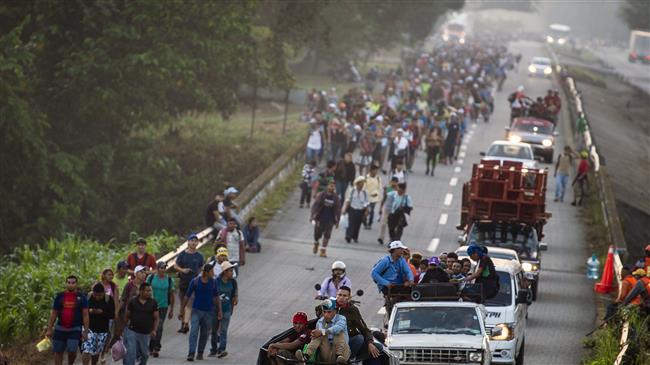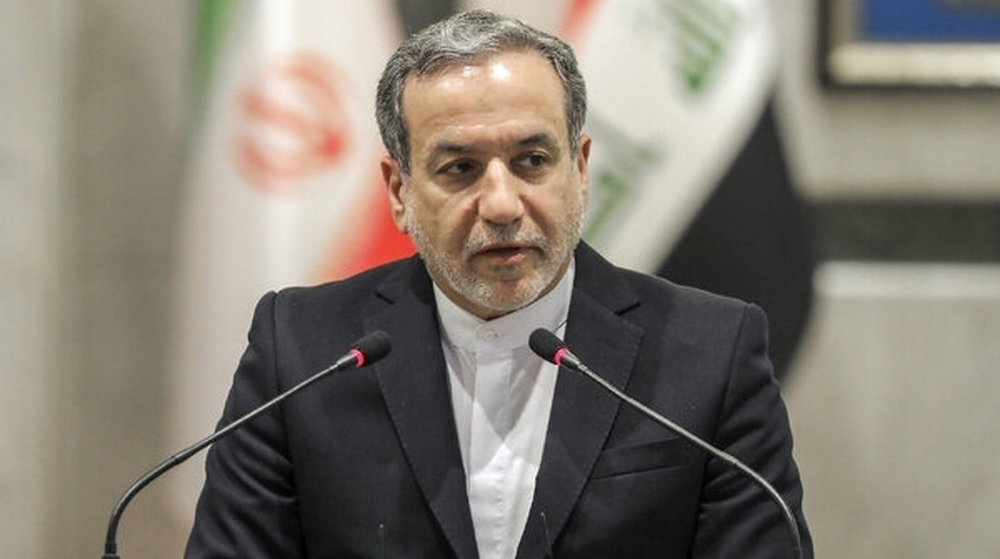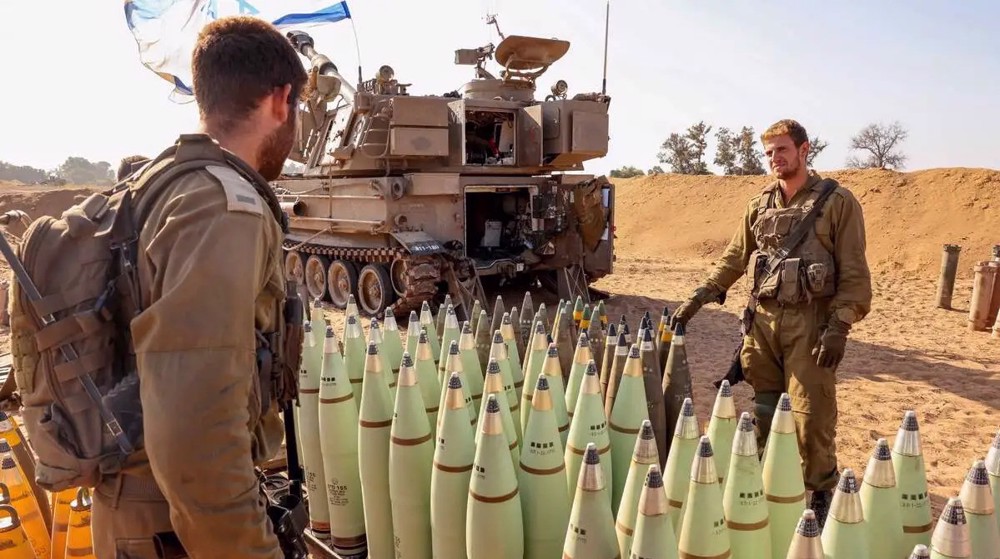Central American migrant caravan resumes journey to US-Mexico border
Thousands of migrants from Central America are crossing Mexico toward the United States in a caravan have resumed their long journey, walking about 12 hours to their next destination.
The migrants walked and hitched rides on Wednesday from the town of Huixtla, in southern Mexico, to Mapastepec, some 60 kilometers (40 miles) away.
They have so far traveled about 100 kilometers from the Mexico-Guatemala border, where they crashed through a series of border gates Friday. The migrants still have some 3,000 kilometers left to walk to reach the US.
The migrants have drawn near-daily Twitter tirades from US President Donald Trump.
They left at dawn after taking a one-day break to rest, carrying their few belongings on their backs, many with babies pressed to their chests or holding their children by the hand.
Fleeing violent crime, poverty and political unrest at home, the migrants say they are determined to reach the United States, despite Trump’s vows to stop them, and his threats to cut aid to Central American countries, as well as to deploy the military and close the US-Mexico border.
“I miss my country. I’m not doing this because I want to. No one wants to leave their home to go to a place they don’t know. But sometimes necessity pushes us to do this, because of what’s happening in our countries,” said Delmer Martinez, a migrant from El Salvador.
The United Nations estimates there are now about 7,000 migrants in the caravan, though Mexican authorities put the number much lower at 3,630.
The caravan, which began as a march of a few hundred people from the crime-wracked Honduran city of San Pedro Sula on October 13, swelled into the thousands as it was joined by migrants from El Salvador, Nicaragua and Guatemala. The vast majority of migrants are from Honduras.
Mexican immigration authorities have told the migrants they will not be able to cross illegally into the United States.
Trump has made his hard-line stance on immigration an integral part of his presidency and has promised to build a wall along the US-Mexican border to curb the flow of migrants from Mexico and Central America.
VIDEO | Iran-Syria: For Resistance
Qassam Brigades claims killing 3 Israeli troops in northern Gaza
More alive than ever: Sayyed Hassan Nasrallah's legacy grows stronger in martyrdom
Occupation of Syria’s highest peak Mount Hermon part of ‘Greater Israel’ project
Iran: Syrian people will decide their future without foreign interference
IRGC says Iran’s power exceeds borders, warns enemies to adjust themselves
Dozens detained, several wounded in Israeli raids in West Bank
‘Ethnic cleansing’: Hamas blasts Israeli attacks on Gaza hospital amid intl. silence











 This makes it easy to access the Press TV website
This makes it easy to access the Press TV website